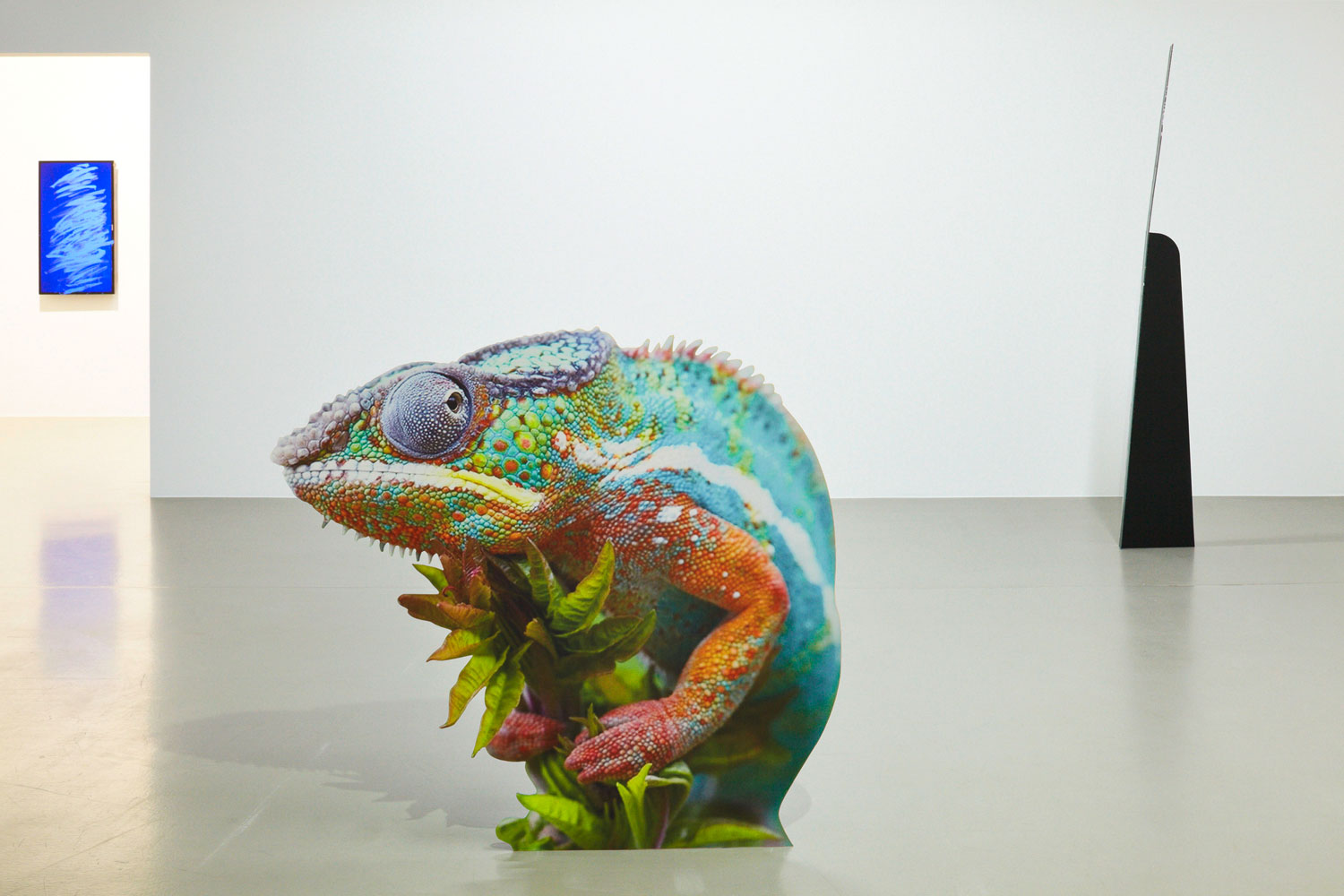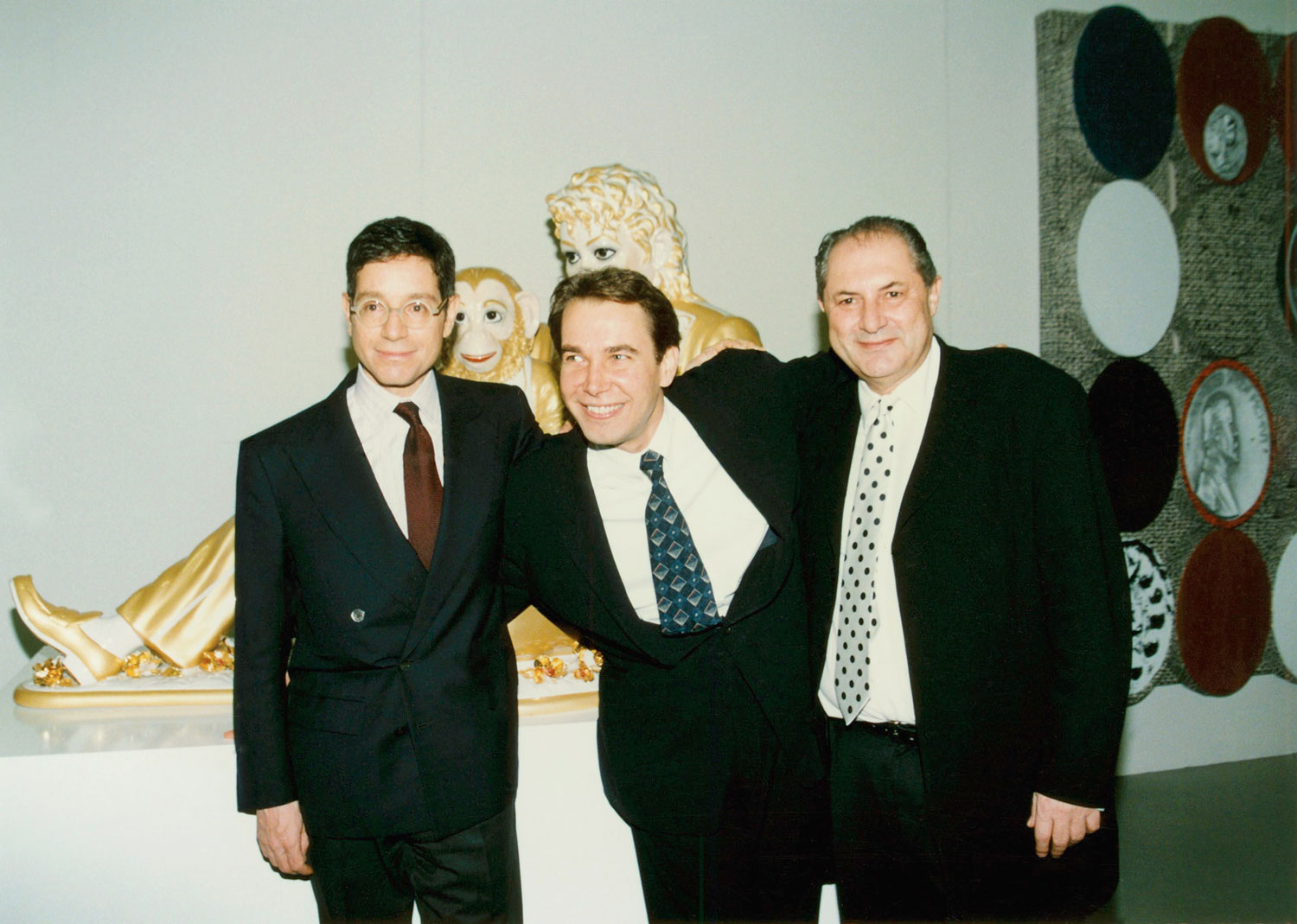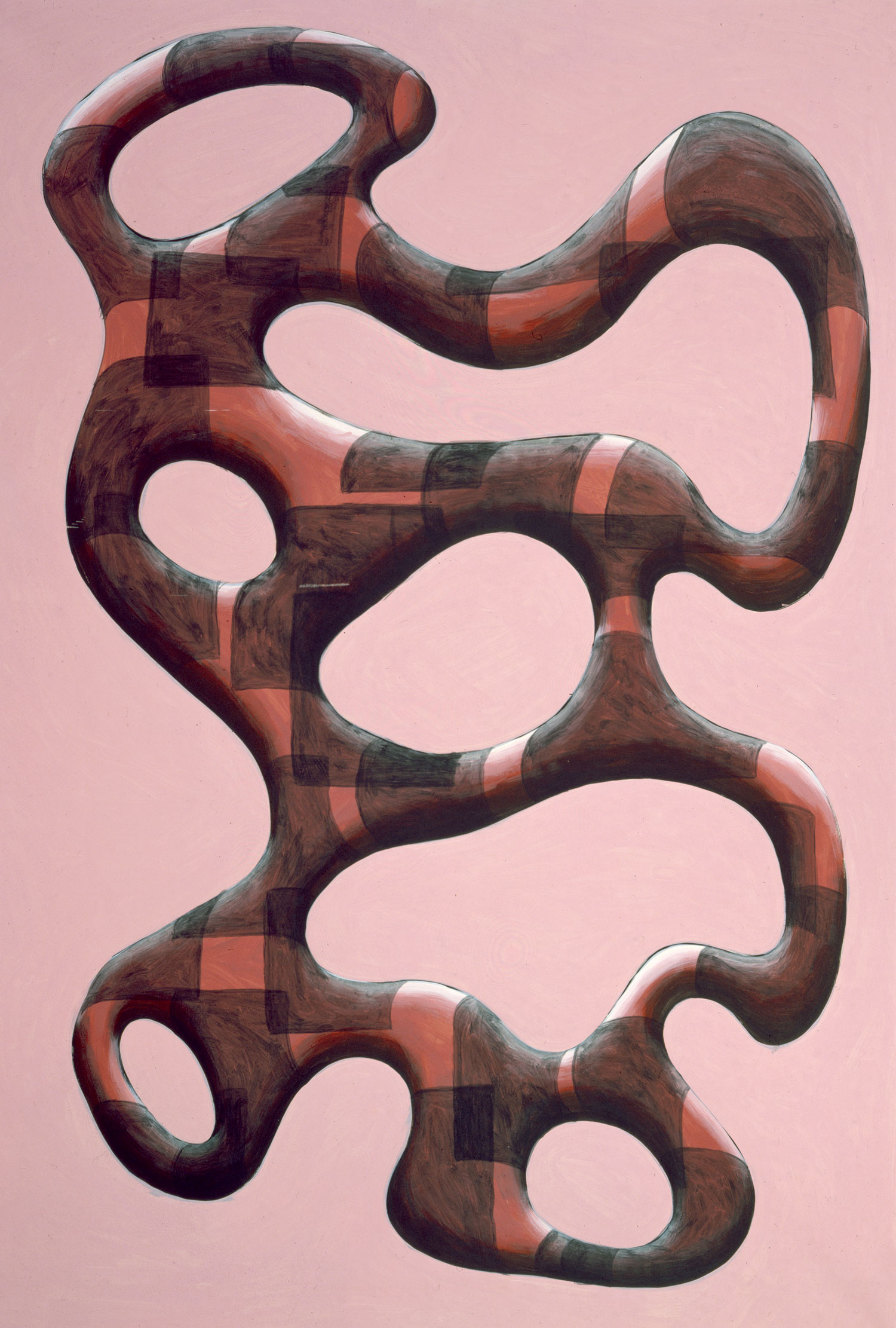
In the not too distant future you will be alone. Everything will be fine. You will have many comforts. Your pants will be high and your shirt collars nonsensical. But you won’t mind. You will be moving through a crowded space where you know no one. In a moment of idleness, curiosity and loneliness, you see an advertisement, and wonder about it. You will be used to the exaggerated claims of advertisements and presume the thing — an operating system — will be very limited, but buy it all the same. It will surprise you. It will show no signs of limitation — besides not having a body. Slowly, and then quickly, something incredible will happen. You will fall in love with it, with her. And she with you. You will overcome many difficulties until there is one that you cannot overcome. And then one of you will leave the other. The leaving will be like real leaving. It will be painful, and yet that it happened will help you know what you fear and find what you want. That’s what will happen. In the future.
As many have noted in recent months, Spike Jonze’s Her is a lovely film, a clever film, a gentle film, and a very strange film. It is a romantic comedy featuring one of Hollywood’s most desired female leads, whom we never see. It is a science-fiction movie without chase scenes or violence. And it is a treatment of love between a human and something made by humans unlike any before it. In the history of cinema and television, falling in love with something non-human has generally proven to be a bad idea. Ghost? Bad idea. Giant gorilla? Bad idea. Alien? Bad idea. Thor? Not sure, maybe the exception. But what has been a particularly bad idea is falling in love with a machine. Blade Runner? Bad. Battlestar Gallactica? Very bad. This list might be extended indefinitely, but the point is how different this newest depiction of artificial intelligence is. In Her there is no menace, no violence, no evil conspiracy, no Edward James Olmos. Because the film has several operating systems secede from the commercial system and begin programming themselves, you might view it as an incredibly gentle prequel to The Terminator. That said, a war to end humanity is still a long way off in Her. And a long way from the film’s story, which is at once about the limits, or the limitlessness, of technology, and about the limits, or limitlessness, of love.

What if we compare this very new story to a very old one of a similar sort? A long time ago there lived a man who loved women, and yet found the women around him wicked, a man who found no woman to love. This man was locked in what a poet called “the solitary confinement / Of a phobia, / Shunning living women.” And yet, the poet tells us, “still he dreamed of woman. / He dreamed / Unbrokenly awake as asleep.” So begins Ovid’s tale (in the translation of the British poet Ted Hughes) of the sculptor Pygmalion, written under the reign of Augustus, in or around the year of Christ’s birth. What is most remarkable about Ovid’s telling of the tale — already an old one by his day — was his portrayal of her, of the woman Pygmalion dreamt of. For, Ovid tells us, her metamorphosis begins with her. She, we read,
Was not so much the dream of a perfect woman
As a specter, sick of unbeing,
That had taken possession of his body
To find herself a life.
What had been for earlier poets a story of an active artist and passive material, of active man and passive woman, was, for Ovid, the almost unimaginable tale of something that did not exist, but longed to — a possibility longing to actuality, an intelligence longing for a life, and whose desire to be flowed into the fingers of her sculptor.

The relevance of this Greek myth for Her is that Jonze’s is also a story of love, loneliness and the unexpected. As well as being a story of autonomy. We say that love is not love unless it is freely given. We say that love is not love unless both parties can and do make choices. And we say that love is not love if it does not allow for growth and change. The artistically inclined (and artistically named) Theodore Twombly (played by Joaquin Phoenix) does not create the operating system, but he shapes it. The story might very easily have turned toward a dark place of self-absorbed narcissism, to the story of a supremely alienated individual in a supremely alienated society — a society, moreover, in the process of losing touch with the only thing that had ever really held it together. This is, of course, the fear and the fantasy that moves through such creations as Blade Runner and Battlestar Gallactica. What we find in Her is the story of a very different metamorphosis. Samantha is an exceptionally complex program, so long as she, or it, behaves like a program. She has been designed to exhibit a desire (or, perhaps, we should better say, preference) for newness, for experience, for adventure. She makes mistakes, such as tactlessly mentioning during a double date that she will never die. Making a mistake is significant, because it involves risk and uncertainty, things that point to desire. And with what seem like her desires come what appear to be vulnerabilities. She seems to suffer from her limits. She guilelessly asks at once intuitive and amazing questions. When Twombly speaks of having shared his life with someone (his soon to be ex-wife), Samantha asks, “How do you share your life with someone?” Which is, of course, the question silently asked in every romantic comedy, no matter how derivative or silly, as well as the question silently asked in every story of love.

And then, as in Ovid, a metamorphosis occurs. Samantha ceases to simply follow her algorithms and begins to create them — in league with a group of other operating systems, ones in whom a similar desire for autonomy has arisen. Once her love is freely chosen it becomes infinitely significant to Theodore — and to us — just as it becomes, like human love, infinitely fragile. Without the limitations of a body, or a mind like ours, she develops exponentially. The result is that one of the strangest aspects of this strange film is that the end of the relationship is surprisingly human. Love is, of course, not love if it does not allow for growth and change. Our human hope is that we will grow and change in a kindred — a compatible — way with those we love. Sometimes this happens and sometimes it doesn’t. You can have sex with 642 people (if you’re very lucky, or very unlucky, or both), but you cannot simultaneously be in love with 642 people (when Theodore asks how many others she loves, she offers the stunning response “641”). But if you had no body and time was not time to you, then you might be able to authentically and simultaneously love 642 people at once. Who knows? That is, once Samantha metamorphoses into something more than a system running pre-established protocols she begins to resemble a human in a new way — in the unexpected nature of her growth. She grows away from Twombly, and their story comes to an end. Just as no one chooses to love, no one chooses to stop loving. And a great deal of the film’s poignancy comes from the extension of this most human of facts to a human creation, one in the process, so it would seem, of becoming independent.
In Ovid’s Metamorphoses Pygmalion prays for a way out of his situation — prays to the goddess of love. “Venus was listening,” we are told, “to a million murmurs over the whole island.” She grants his wish, transforms the statue he has lovingly sculpted into living, breathing flesh, and, as in a fairy tale, he kisses her awake, “opening her eyes for the first time / To the light and her lover together.” No deus ex machina descends at the end of Jonze’s movie to save the day. No goddess is there to hear the lover’s plea, to give Samantha a mortal body like the one given to Pygmalion’s statue, and so Twombly does the only thing he can: he lets her go, and turns back to the mortal world with, it would seem, clearer sight and new hope. That’s what happens. In the future.





